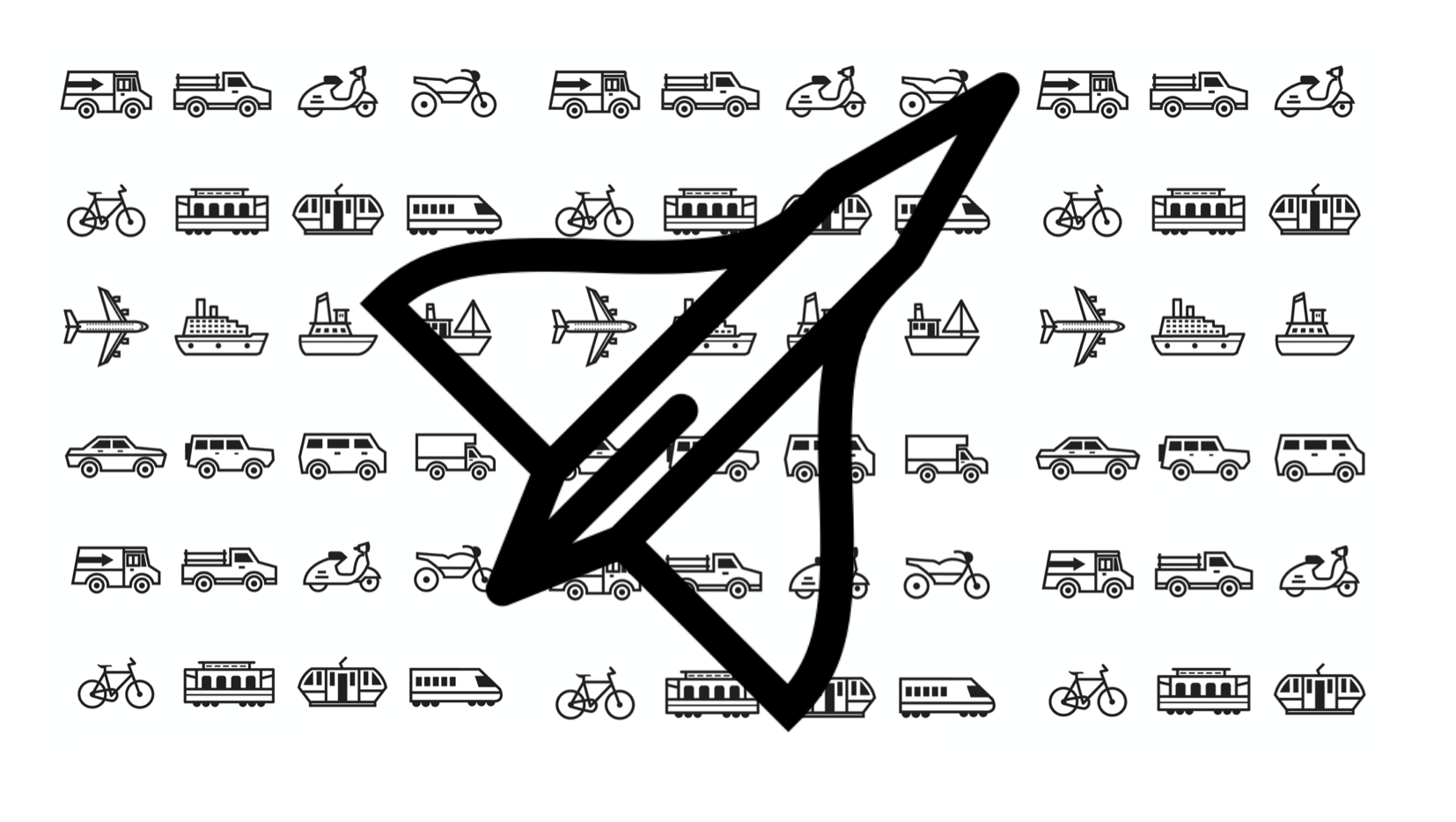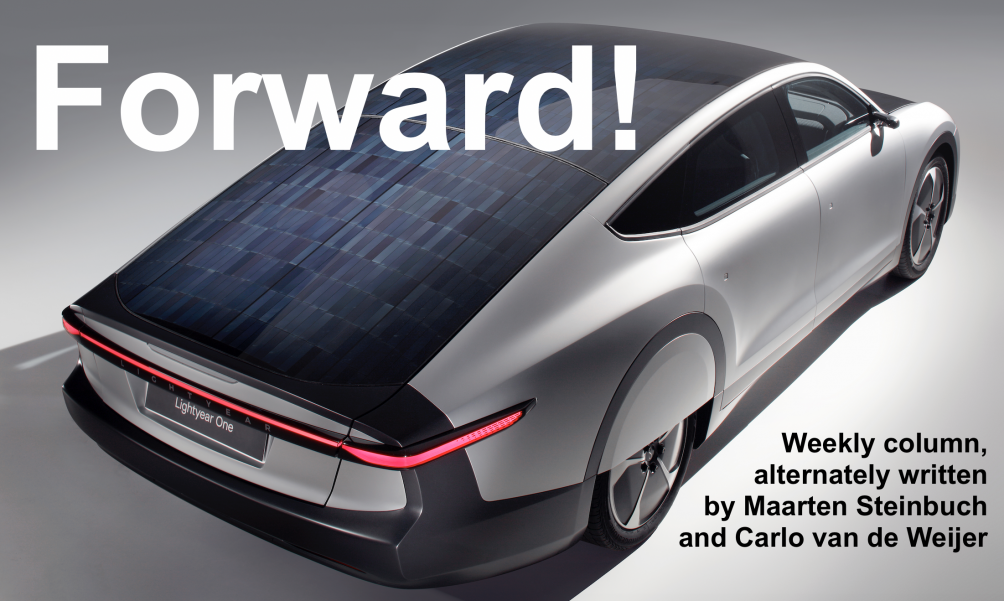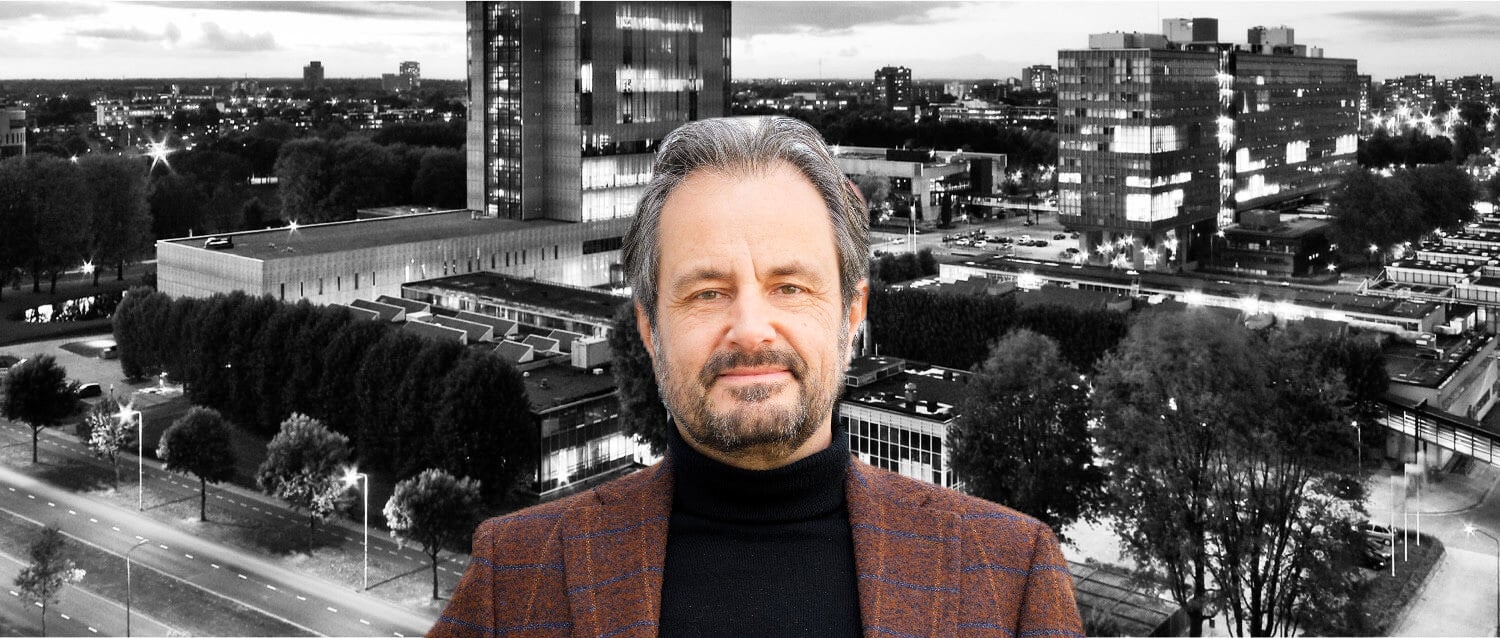
One certainty in our history is that we move faster and faster along what is, historically, an amazingly constant line. Our strange thirst for speed will have to do with evolution; even in ancient history, the swift was invariably outpacing the slow. The hunter on horseback was more successful than the horseless one. And with that, speed also gained status. Astronauts and Formula One drivers do not have a very hard time in the dating market.
The craving for speed is deeply ingrained, far beyond rational arguments. It must be why United Airlines announced a partnership with the new company Boom Technology last week. United Airlines intends to buy up to fifty of Boom Technology’s yet-to-be-developed supersonic passenger aircraft, and start flying them before the end of the decade.

History seems to be repeating itself. In the 1960s, the Russians were just ahead of the West with the introduction of the supersonic Tupolev TU-144. They managed to break the sound barrier six months before Concorde, a first for a passenger plane. Still, neither of the two became a success. The TU-144s ended up making only 55 passenger flights; the Concorde flew on prestige for another 25 years or so.
Supersonic flying has fundamental disadvantages. The high thrust required, the enormous speed, and the relatively high weight lead to high energy consumption and high noise levels. And that noise problem is compounded by the sonic boom when the aircraft breaks through the speed of sound. That boom is only allowed over open waters, which greatly limits the number of connections. But the biggest problem is that supersonic flying ends up requiring five to ten times more fuel per comparable passenger seat. And, in practice, it appears that people have very little money to spare for saved travel time.
Why should it be different this time? The creators of the “Overture” talk about new technologies that were not available at the time of the Concorde. But where Concorde lost out economically to the 747s and DC10s of the time, the Overture will be up against the even more improved versions of the 787s and A350s. So count on the energy consumption still being five to ten times bigger and the supersonic aircraft still being relatively noisy.
And then there is the knockdown argument in the story that the aircraft will be flying on 100% sustainable air fuels (SAFs), the synthetic kerosene that has been discussed here many times. SAFs will come sooner or later, no doubt about it. One day they will even be cheaper than fossil kerosene, but that will take a very long time. Until then, we should do everything we can to accelerate the transition to SAFs, for example with mandatory blending, a universal CO2 tax, and more research into low-cost electrolysis and CO2 capturing techniques to make artificial kerosene cheaper.
Yet, sooner or later our irrational thirst for speed will make us fly supersonic again, beyond the atmosphere. But for the moment, with the pressure on aviation noise and pollution, the plan that makes everything worse is rather shameless. Yet, an aircraft that consumes five to ten times more fuel per passenger and also promises to use artificial kerosene that will be much more expensive in the coming decades, will not offer a sound business case for the time being. As much as we may like to be fast, we’re also quite frugal.
Maarten Steinbuch and Carlo van de Weijer are alternately writing this weekly column, originally published (in Dutch) in FD. Did you like it? There’s more to enjoy: a book with a selection of these columns has just been published by 24U and distributed by Lecturis.







